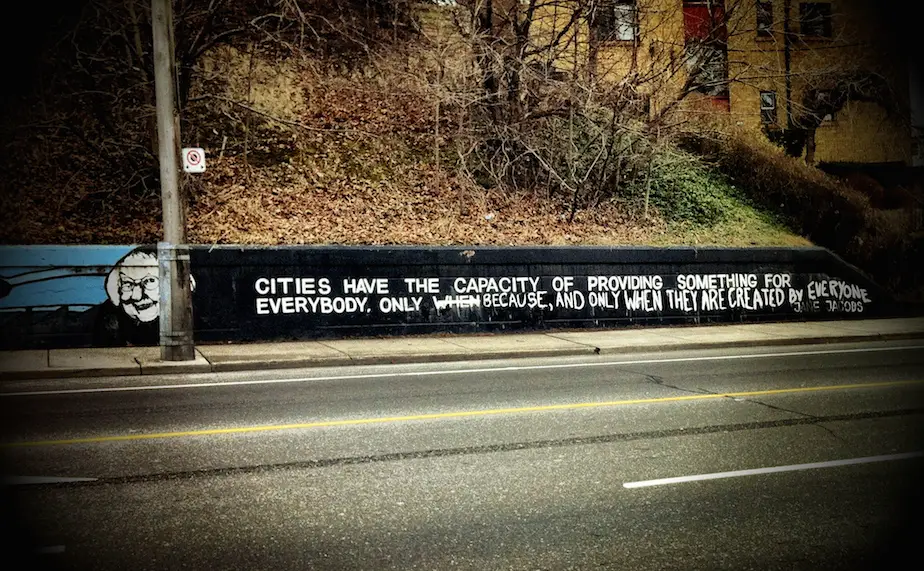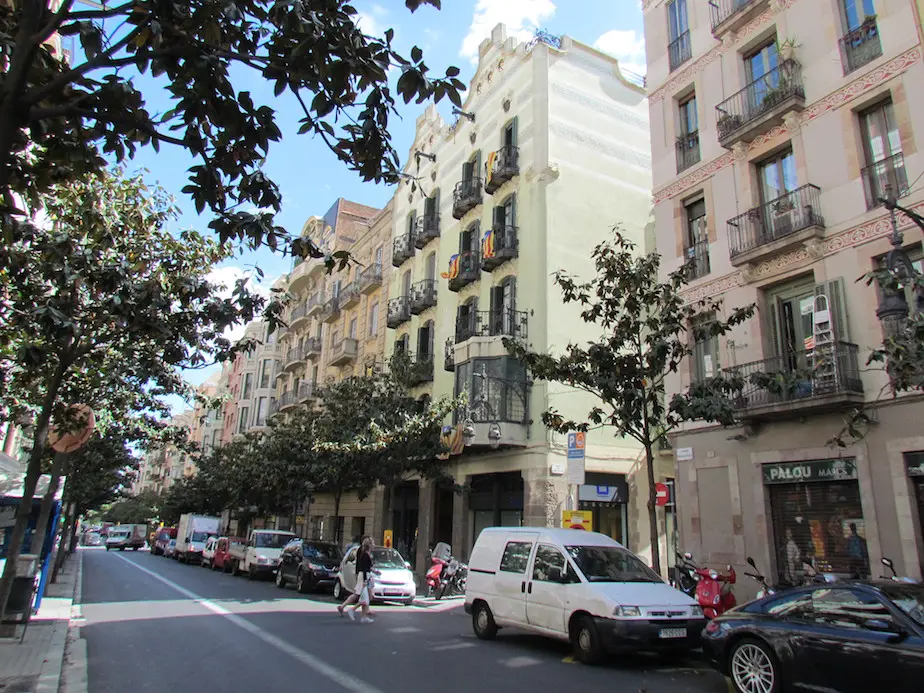How the “Six Californias” Plan Threatens California’s Transportation Future
Being the home state to Silicon Valley is a mixed blessing. No one can deny that there are enormous advantages to concentrating the world’s best programmers and electronics designers within your borders. But when the tech gurus think they can solve the problems of your state by treating it like a start-up, things start to get messy.
And that’s exactly what’s happened recently in California, as tech guru and multimillionaire Tim Draper has put forth a plan which will solve the ills of the state by – wait for it – splitting it into six smaller states! This “Six Californias” plan (a title which for me as a classical music nerd is always reminiscent of composer Steve Reich’s “Six Marimbas”), as you might expect, divides the state into six smaller chunks, maintaining county lines. Draper is submitting signatures to put the measure up for a statewide vote in 2016. He’s gathered over 800,000 so far, though some online commenters allege shady tactics, and even if it passes a ballot vote it will still have to be approved by the California and US legislatures.
Despite the fact that some are giddy about this idea, many others are pointing out it that it would probably do the opposite of its supposed purpose: to make life better for all of (current) California’s residents. Critics point out that it would be a blow to the state-run Department of Water Resources, which is essential to providing water throughout the state, especially as climate change creates ever worsening droughts. There’s also the excellent state run university system (and I don’t just say that because I graduated from one of those universities), which would presumably have to be chopped up to accommodate the six different Californias. Besides, a Salon article points out that Draper hasn’t exactly been judicious in choosing his words to defend his plan.
But there’s another reason to oppose the plan that few people are talking about: it would do damage to the state’s transportation systems, especially mass transit. At a time when the state is making a concerted effort to reduce its historic car dependence, the plan would both complicate current transportation networks as they stand and jeopardize the state’s hopes for more sustainable transportation options.

Let’s start in the north, the traditional epicenter of California politics. Though the plan would mercifully leave the San Francisco peninsula and the East Bay within the same state, avoiding the nightmare of dividing the existing BART rapid transit system between two states, it would split the Golden Gate Bridge, and potentially affect the Golden Gate transit district, which manages the bridge as well as public transit options between San Francisco and Marin County. It also opens the door for a potential repeat of the New Jersey “Bridgegate” scandal, where vindictive governor Chris Christie shut down his state’s side of the George Washington Bridge to spite a local mayor.
In Southern California, the plan clumsily calls for Los Angeles and Orange Counties to be chopped up into separate states. At first glance, this might seem logical due to the different political climates in each county. But it would be a huge threat for any hope of integrating the two counties effectively via transit. LA County’s MTA is currently studying a light rail link between Los Angeles and Santa Ana in Orange County, which would be hampered by dividing the two counties into separate states. Also, the currently operating Metrolink train system would have to operate between two states, which is not impossible, but certainly more complicated and risky for an agency which has had to deal with funding issues and inter-county squabbles in the past.
Also, splitting the state up has grave implications for transportation funding. Though highways in the six new states would probably manage, as they receive a higher level of federal funding (the US government spends roughly 80% of transportation funds on roads – though that may be in trouble with the crisis surrounding the Highway Trust Fund), transit would take a hit. It’s true that state support for mass transit has been shaky in the past; it faced cuts when “governator” Arnold Schwarzenegger was in office and was improved somewhat under Jerry Brown. But there’s no reason to think it would be better under divided state governments. Also, dividing the state would erase its potential to play a leadership role in setting transportation planning policy across the country, as it did recently by reforming the “Level of Service” metric to better measure the effects of transit on traffic flow.
Finally, splitting the state would make managing long distance transportation within the state a disaster. The state’s transportation currently coordinates with Amtrak in the management of Amtrak California in the operation of three medium-distance rail corridors, including the Pacific Surfliner, the busiest Amtrak line outside the northeast. The agency also runs a number of bus lines. These operations could probably continue despite splitting up the state, but forcing them to pass through separate state bureaucracies only makes running them more difficult.
But the biggest threat the “Six Californias” plan poses is to the state’s planned high speed rail system. Though plans for a rail line had been kicked around for decades (Jerry Brown proposed a high speed system during his first turn as governor way back in the 80s), the proposal began to make serious progress after the passage of a bond measure to fund it in 2008. Though President Obama’s initial support for funding high speed rail throughout the country eventually waned, Jerry Brown picked up the slack in California, providing the lion’s share of funds for the ambitious project in an attempt to make it the centerpiece of his second time around as governor.
There’s no doubt that the plan is controversial. Some question the choice to begin construction in the low density Central Valley, while others criticize the fact that it costs more per kilometer than other high speed train projects worldwide. It has also met with a multitude of lawsuits from angry property owners. But nevertheless, establishing a high speed train network between two of the largest metropolitan areas in the US – in a state known for car dependency, no less – would be a huge step forward for sustainable transportation. And it would have the added effect of promoting sustainability in all the communities it goes through.
Though the train’s future is uncertain as it is, does anyone think it could ever happen under “Six Californias”? The planned route would cross through all but one of the proposed states, meaning that five separate state governments would have to come to a consensus to make it work. So far, a consolidated state government has been a huge advantage in bringing high speed rail in California closer to reality. Meanwhile, high speed rail plans in other states have floundered, as contrarian Republican governors angrily declined rail funding from the federal government. The same would almost certainly happen in some of the more right leaning states created by “Six Californias”. Split up California, and we can all forget about a high speed train from LA to San Francisco.
So, if “Six Californias” ever makes it to the state ballot, Californians shouldn’t forget the devastating effects it would have on their transportation future. Draper has done a good job being a Silicon Valley tech wiz, he should stick to that instead of trying to destroy his state’s hopes for sustainability.


